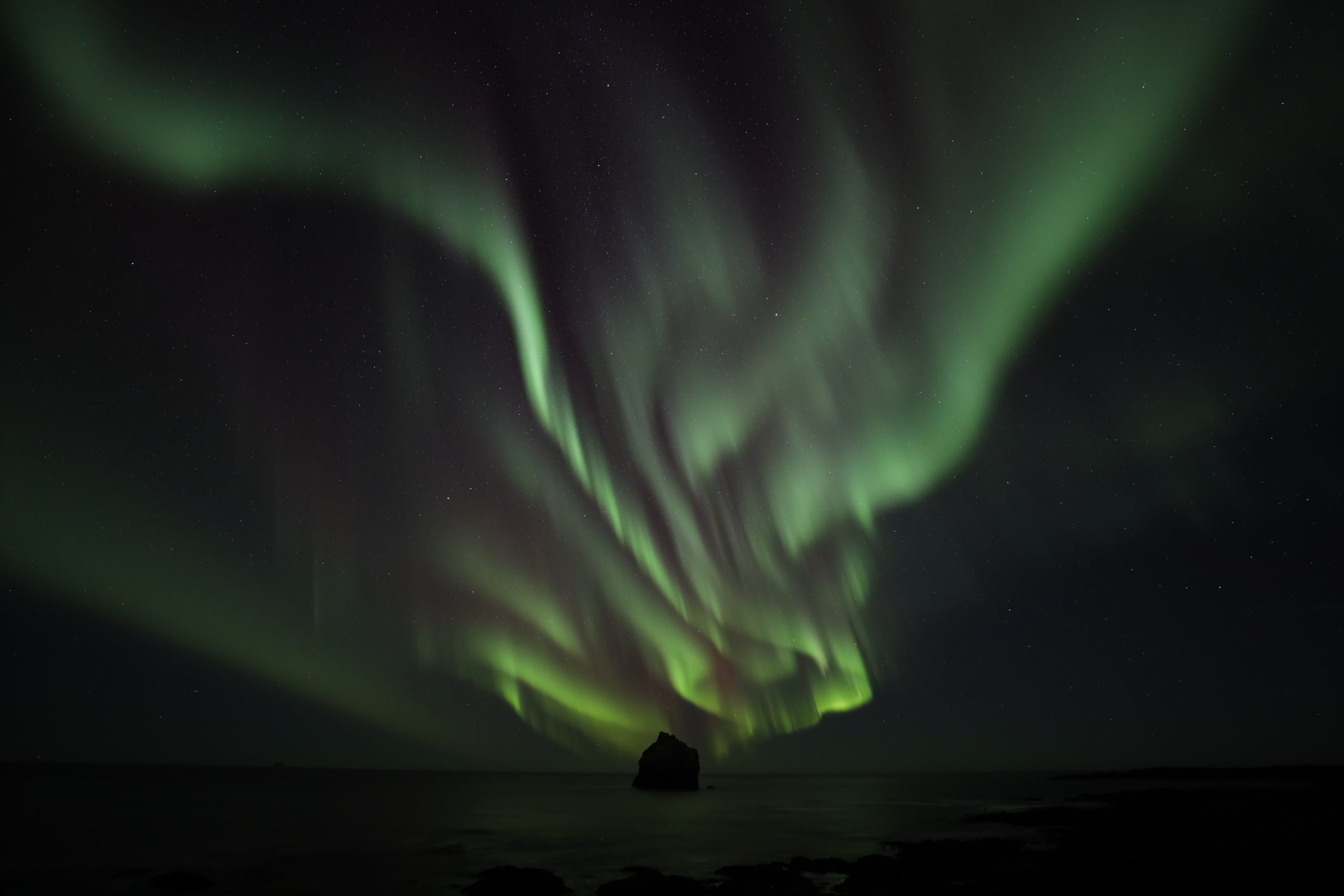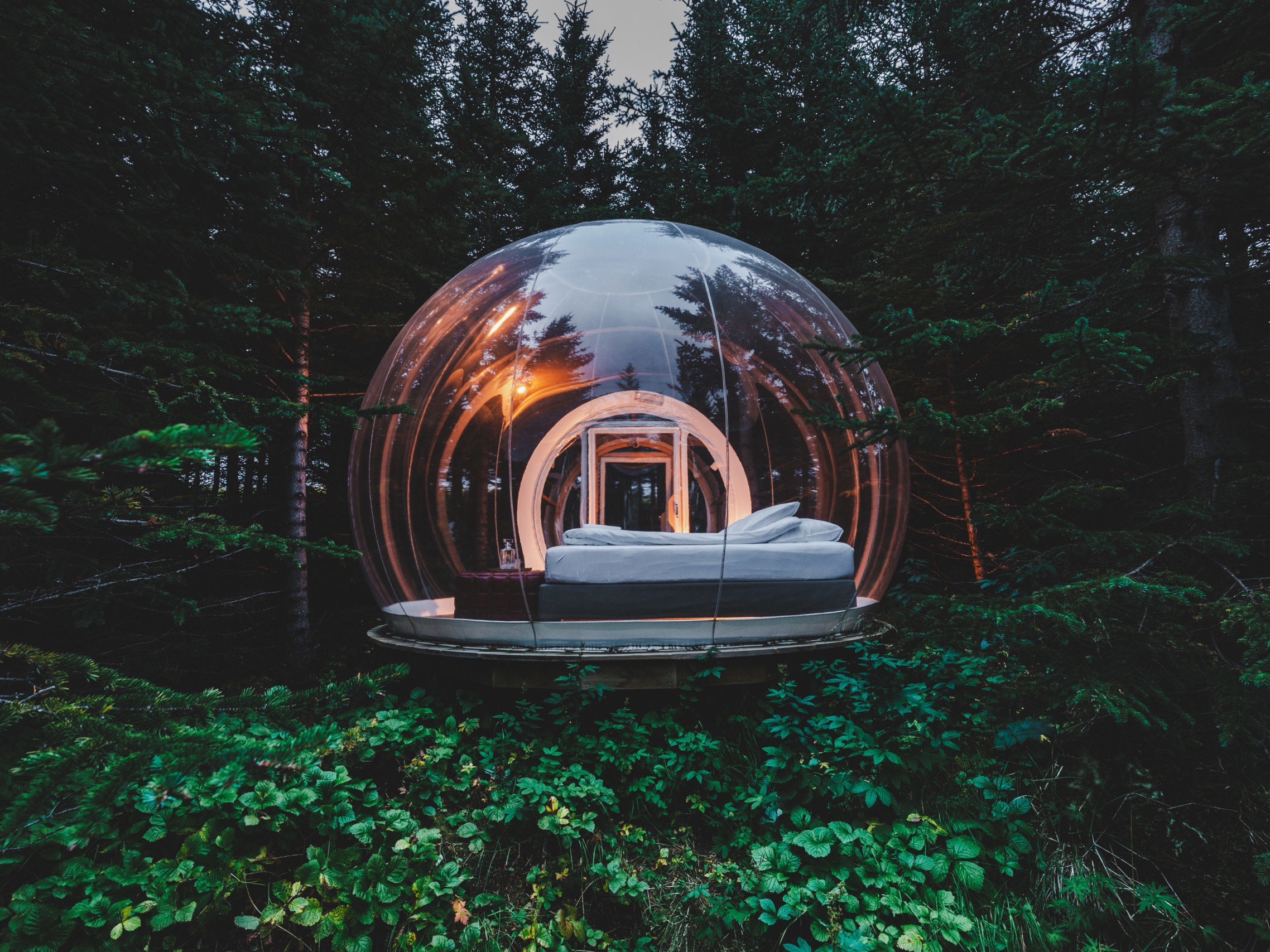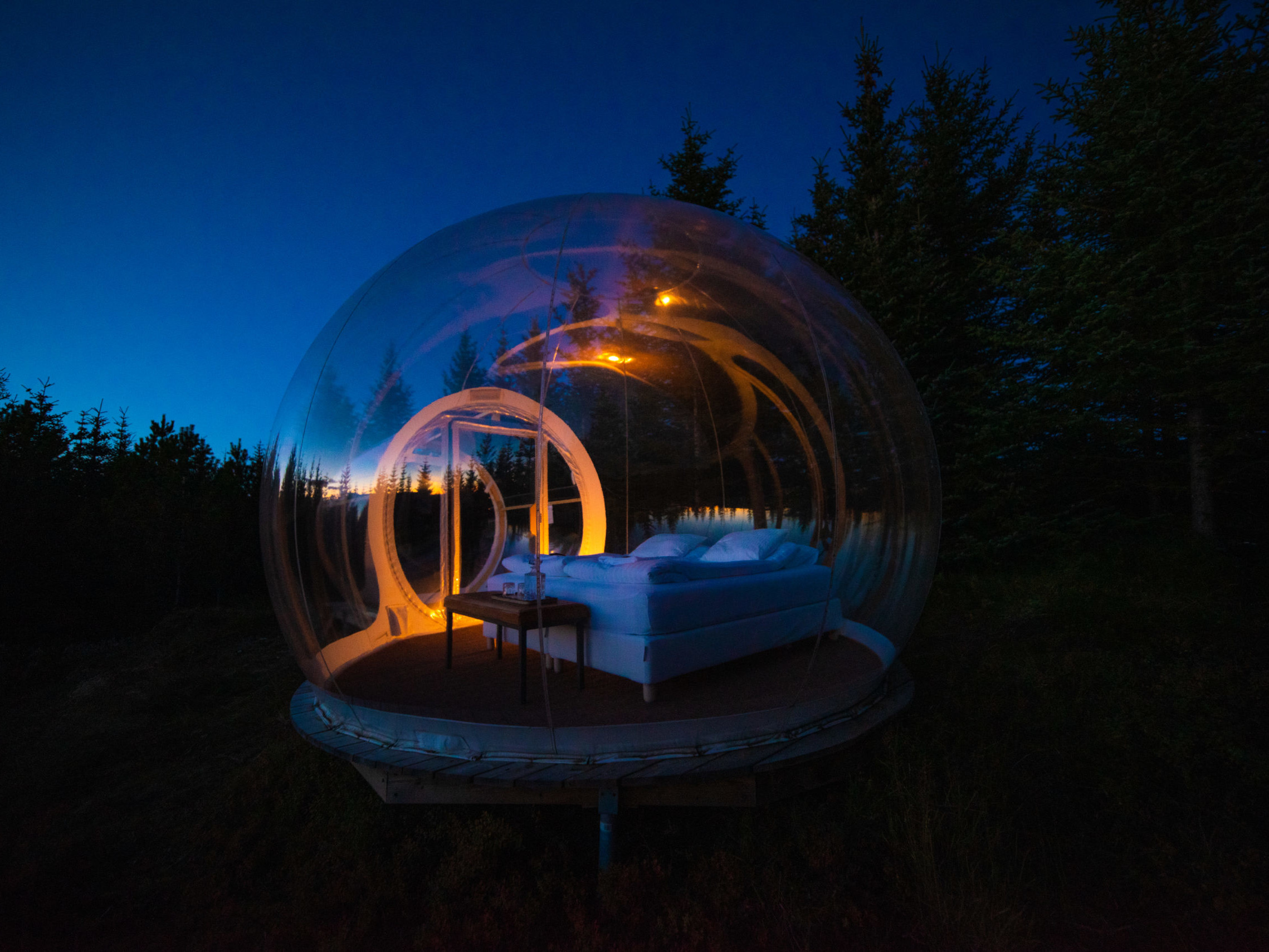6 days self drive idea to Myvatn Nature Baths
6 days self drive idea to MyvatnA 6 days self-drive idea including Hofsos, Myvatn and northern lights hunt close to the Arctic Circle |
|
THE 6 DAYS ITINERARYDay 1 - Arrival in Keflavik, Iceland Arrival at Keflavik airport. Pick up your rental car at Thrifty. The first stop is Blue Lagoon. It is refreshing to jump into the Blue Lagoon just after your flight. It takes some 15 min to drive to Blue Lagoon from Keflavik Airport. From Blue Lagoon it should take some 30 min to get to Reykjavik. We recommend Center hotel Thingholt - a great hotel to stay at in Reykjavik. Very central and close to everything - shopping streets, nightlife or restaurants. In the evening we recommend you to do a guided northern lights tour with e.g. Arctic Adventures.
Day 2 - Hvalfjörður, Ferstikla, Borgarnes, Snæfellsnes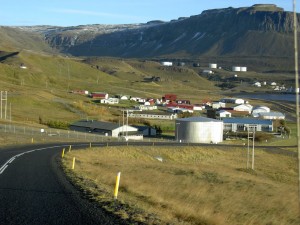 You start your travel in Reykjavik, drive through the small town Mosfellsbær - just continue until you reach the fjord Hvalfjörður. When you reach Hvalfjörður turn righ onto road no. 47 because we are going to drive through the beautiful Hvalfjörður - not through the tunnel as most people do. It is a very picturesque fjord and the main beauty if how quite area it is. It is around 30 km long. You can see a former whale station in the fjord but it was closed around 1992 - it is however used couple of days each year for some research fishing of whales. Driving further you will soon find the service station Ferstikla and it has a great photo exhibition about a submarine station situation in Hvalfjördur during the World War II. After you have looked at the photo exhibition at Ferstikla you turn right onto road nr 520. You will now drive all the way to Hotel Budir located on the Snæfellsnes peninsula. A great location to see exceptional nature in Iceland - both great beaches, mountains and a glacier. We suggest you to stay at Hotel Budir overnight and go out in the evening for a hike and search for the northern lights. You start your travel in Reykjavik, drive through the small town Mosfellsbær - just continue until you reach the fjord Hvalfjörður. When you reach Hvalfjörður turn righ onto road no. 47 because we are going to drive through the beautiful Hvalfjörður - not through the tunnel as most people do. It is a very picturesque fjord and the main beauty if how quite area it is. It is around 30 km long. You can see a former whale station in the fjord but it was closed around 1992 - it is however used couple of days each year for some research fishing of whales. Driving further you will soon find the service station Ferstikla and it has a great photo exhibition about a submarine station situation in Hvalfjördur during the World War II. After you have looked at the photo exhibition at Ferstikla you turn right onto road nr 520. You will now drive all the way to Hotel Budir located on the Snæfellsnes peninsula. A great location to see exceptional nature in Iceland - both great beaches, mountains and a glacier. We suggest you to stay at Hotel Budir overnight and go out in the evening for a hike and search for the northern lights.
Day 3 - Drive to Myvatn and enjoy its nature baths and surrounding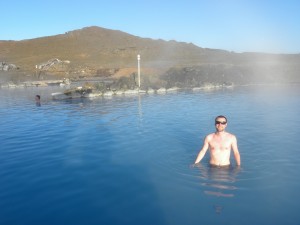 Today you will first drive to Hofsos swimming pool - a great location with view over Skagafjördur. A place not to miss. Then you will head all the way to Myvatn. We recommend you to stay at Sel-Hotel Myvatn. A nice hotel with good service. The rest of they day you will enjoy the great nature bath they have, have some dinner at the hotel and then go out in the night searching for the northern lights. It is best to wait until 10pm and then simply go out for a walk - however ask the people in the reception about the likelihood of seeing the northern lights before you head out for a search. Today you will first drive to Hofsos swimming pool - a great location with view over Skagafjördur. A place not to miss. Then you will head all the way to Myvatn. We recommend you to stay at Sel-Hotel Myvatn. A nice hotel with good service. The rest of they day you will enjoy the great nature bath they have, have some dinner at the hotel and then go out in the night searching for the northern lights. It is best to wait until 10pm and then simply go out for a walk - however ask the people in the reception about the likelihood of seeing the northern lights before you head out for a search.
Day 4 - Akureyri - capital of the north and DalvikToday you will drive in the morning to Akureyri from Myvatn. We recommend Icelandair Hotel Akureyri. When you have checked in we suggest you drive out to Dalvik a small fishing village north of Akureyri. A small village in a beautiful fjord. It is a option but you could go for a whale watching with a local tour. Drive back to Akureyri and enjoy staying in Akureyri with some great restaurants. In the evening go for the northern light hunt, but drive out of the city so you dont have any light pollution.
Day 5 - Driving back to Reykjavik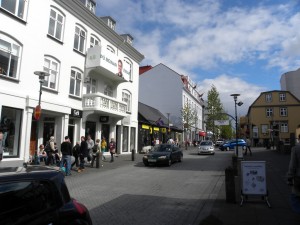 It will take you some 6-8 hours to drive back to Reykjavik from Akureyri, so we recommend you to go early in the morning so you will have some time to spend in Reykjavik in the evening. We would recommend Sjavargrillid as nice fish restaurant in the evening. In case you have been very unlucky and never seen the northern lights in the last 4 days we recommend a guided northern lights tour with e.g. Arctic Adventures. It will take you some 6-8 hours to drive back to Reykjavik from Akureyri, so we recommend you to go early in the morning so you will have some time to spend in Reykjavik in the evening. We would recommend Sjavargrillid as nice fish restaurant in the evening. In case you have been very unlucky and never seen the northern lights in the last 4 days we recommend a guided northern lights tour with e.g. Arctic Adventures.
Day 6 - DepartureHead out to the Keflavik airport and if you have some extra time go for the Blue Lagoon again as it is very relaxing before going into a long flight.
Photo credit: Flickr - big-ashb, Ophelia, Julien Carnot, JasonParis, Andrea Schaffer, Olafur Larsen |
4 days self drive idea : Golden Circle & more
[vslider name="31"]
Golden Circle & Snæfellsjökull glacier
4 days self-drive idea including Golden Circle, Snæfellsjökul glacier and northern lights hunt in the evening
|
This idea is for people wanting to combine a classic tour to Geysir and Gullfoss with a one day trip to Snaefellsjokull glacier - and a northern lights hunt in the evenings. You will need to rent a car in day two for driving the Golden Circle and then the day after to Snæfellsjökull glacier. |
THE 4 DAYS ITINERARY
Day 1 - Arrival in Keflavik, Iceland
Day 2 - Golden Circle trip
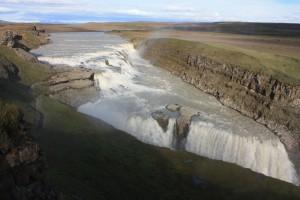 Begin your day with picking up your car rental. You can do that at BSI. Today is a day for the Golden Circle tour. Visiting Thingvellir National Park and then head to Lyngdalsheidi on our way to Geyser hot spring area. See all the hot spring, photograph Strokkur and check out Fullsterkur - some interesting stones to lift close to Strokkur. Go to the Geysir shop and shop some Icelandic knit "lopapeysur". Drive to Haukadalur - a small forrest close by and check out the small country style church. Great area. Drive to Gullfoss waterfall now. Get close to the waterfall and experience the spray from the waterfall in your face. Shoot some photographs and head up to the restaurant next the waterfall. The Icelandic meatsoup is the best choice on the menu. Head back to Reykjavik now - but stop at Kerið on our way home. Kerið is a dormant volcano close to Selfoss. Arrive in Reykjavik close to 19:00 should be possible. Go for some nice restaurant in the evening e.g. Sjavargrillid before driving out of Reykjavik around 9pm to hunt for the northern lights. It depends on weather condition where to head and best to ask the hotel personnel for direction.
Begin your day with picking up your car rental. You can do that at BSI. Today is a day for the Golden Circle tour. Visiting Thingvellir National Park and then head to Lyngdalsheidi on our way to Geyser hot spring area. See all the hot spring, photograph Strokkur and check out Fullsterkur - some interesting stones to lift close to Strokkur. Go to the Geysir shop and shop some Icelandic knit "lopapeysur". Drive to Haukadalur - a small forrest close by and check out the small country style church. Great area. Drive to Gullfoss waterfall now. Get close to the waterfall and experience the spray from the waterfall in your face. Shoot some photographs and head up to the restaurant next the waterfall. The Icelandic meatsoup is the best choice on the menu. Head back to Reykjavik now - but stop at Kerið on our way home. Kerið is a dormant volcano close to Selfoss. Arrive in Reykjavik close to 19:00 should be possible. Go for some nice restaurant in the evening e.g. Sjavargrillid before driving out of Reykjavik around 9pm to hunt for the northern lights. It depends on weather condition where to head and best to ask the hotel personnel for direction.
Day 3 - Snæfellsjokull glacier and Hotel Budir
Driving to Snæfellsjokull today with some stop-over at Landsnamssetrið (The Settlement Centre). It is in the village of Borgarnes just one hour drive from Reykjavik on road no 1 towards the north (and Snæfellsnesjokull). In the centre we recommend The Egils Saga Exhibition. We head now towards Snæfellsjokull with some stop at Lysuholl swimmingpool. After hiking a bit around Snæfellsjokull glacier we head to Hotel Budir that is a nice country style hotel at Snæfellsnes. We stay here for one night. Great place for hiking and seeing the nature in Iceland. Especially hunting for the northern lights in the evening.
Day 4 - Departure day
Today is your departure day so just wake up, pack your things and drive to Keflavik airport. This is of course only possible if your flight leaves late in the day - and if time allows, go to the Blue Lagoon and relax before you fly back home.
Photo credit: Flickr - AlexKr, Arian Zwegers, Ophelia, Matito, Jeremy Vandel, Yellow book
What are the Northern Lights?
For many years, people in the polar regions have been mystified by the dancing of bright lights in the darker months. This wonder continues today. But what are the northern lights, and why do they happen?
What are the northern lights?
Long story short, the northern lights are the visual byproduct of intense space weather. They are a natural phenomenon related to a multi-step process, similar in a way to lightning, rainbows, or even colorful sunsets.
The things that cause them are primarily unseen, and occupy the space around us in our atmosphere. These are things like atmospheric gases, high powered electrons, and our geomagnetic field.
The true wonder of all of this is that sometimes all of these things align into a moment of interaction- and when we are lucky, we can see the magic of auroras.
It all starts here on Earth
Earth is a special planet. It is one of the few places that we know of that can support human life. One of the many reasons that this is possible, is because we are protected from harsh space weather by our geomagnetic field. Many other planets also have a magnetic field, but ours is one of the strongest.
The core of the Earth is filled with layers of partially molten iron under great gravitational pressure. This area of iron is huge, and because of the different temperatures, there is a fair amount of movement occurring here.
The hottest material rises, causing swirling convection currents inside the Earth. You can see a current like this in a pot of boiling water. The way that those bubbles spiral up to the surface, is a lot like what is happening inside the Earth. The movement of all of this metal makes electrical currents that rise up through the Earth’s surface, and create magnetic fields.
However, that isn’t the end of it! The Earth is also spinning, which causes additional movement in an effect called ‘the Coriolis Force’. This force combines all of those magnetic fields into one larger magnetic field, which protects all of us from radiation and solar wind, and forms the magnetosphere.
Because we can’t see the magnetic field, we normally represent it by drawing lines. These lines go into and out of the Earth, meeting at the poles, making the Earth look like an exceptionally round butterfly.
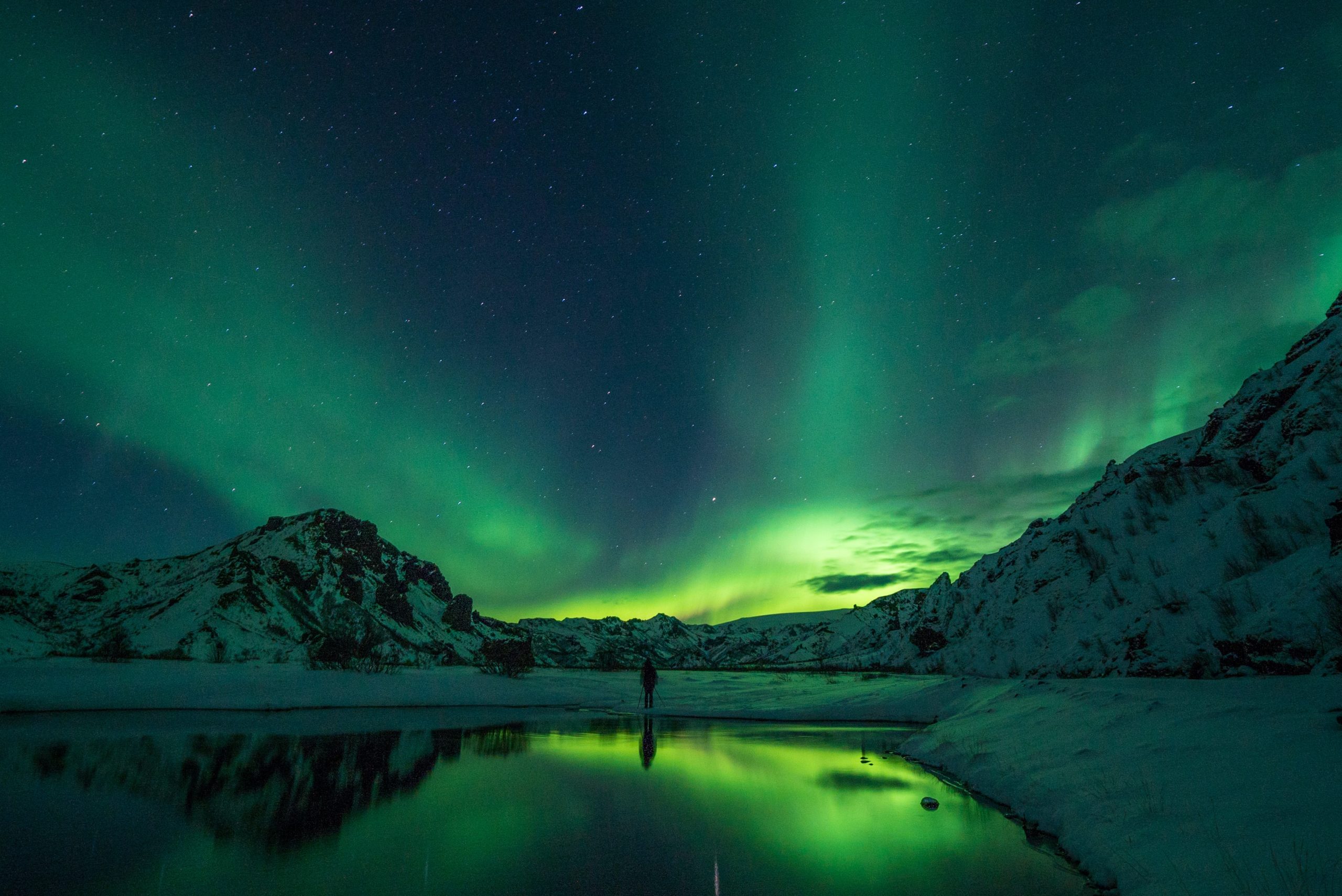
From the sun, with love
So we know about Earth and its magnetic field. But where does the actual aurora come from? While the Earth is creating convection currents, a similar thing is happening in the Sun, a star that is nearly 15 million degrees Celsius at its core.
As the pressure and movement within the sun push outwards, magnetic fields form here as well. The stronger ones are able to push through to the surface, slowing as they cool, and creating sunspots. We pay attention to these dark spots on the Sun, and often predict large auroral activity by their reappearance.
But back to the action! The electrically charged gas (or plasma) that exits the sun contains the magnetic fields that were just created. When this massive “ball” of plasma breaks away from the surface, it is ejected out into space as a “solar storm”. (Smaller versions of this kind of expulsion happen frequently, and are often referred to as solar wind.)
Depending on the strength of the solar storm and the obstacles that it meets along its way, its speed and travel time can vary. That is why auroral forecasts are not always perfectly timed, it can be challenging for us to measure these factors.
The lucky collision
If everything lines up and the sun sends a solar storm in our direction, it will first have to pass over Mercury and Venus, before it gets to us. But when it does finally arrive, a strange sort of collision occurs between us and the solar storm.
The magnetic field inside the solar storm clashes with our magnetic field, and combines. Once they are connected, the charged gases travel down the imaginary lines of the connected magnetic field, traveling to the poles that attract it.
As the storm passes over us, these imaginary lines go with it, eventually breaking and reconnecting on the other side. This breakage creates another opportunity for gas to travel down to the poles, as the storm moves away.

An aurora is made
The gases carried within the solar storm have arrived, and are traveling down to the places on our planet where the magnetic force is the strongest, the poles. But how does all of this make an aurora?
The gas that is now in our atmosphere contains supercharged protons and electrons, or ions. This energy becomes trapped in our ionosphere, around the north and south pole in a shape we call the auroral oval.
When this happens, they will eventually collide with pockets of oxygen and nitrogen in our atmosphere- which is the big moment that we are waiting for.
At the moment of this crash between ions and gases, energy is released that creates a glow, or an effect of visible light. You’ve seen many interactions like this here on Earth, like the interaction that creates neon light in signs.
This is an exciting moment, and a reminder of how small we are in the scale of the universe. But it is also only the beginning of the aurora’s visual journey to us, once it arrives. Because next, we have to learn about all of the Earth factors that have to line up and cooperate, for us to even begin to be able to witness this incredible natural phenomenon with our own eyes.


